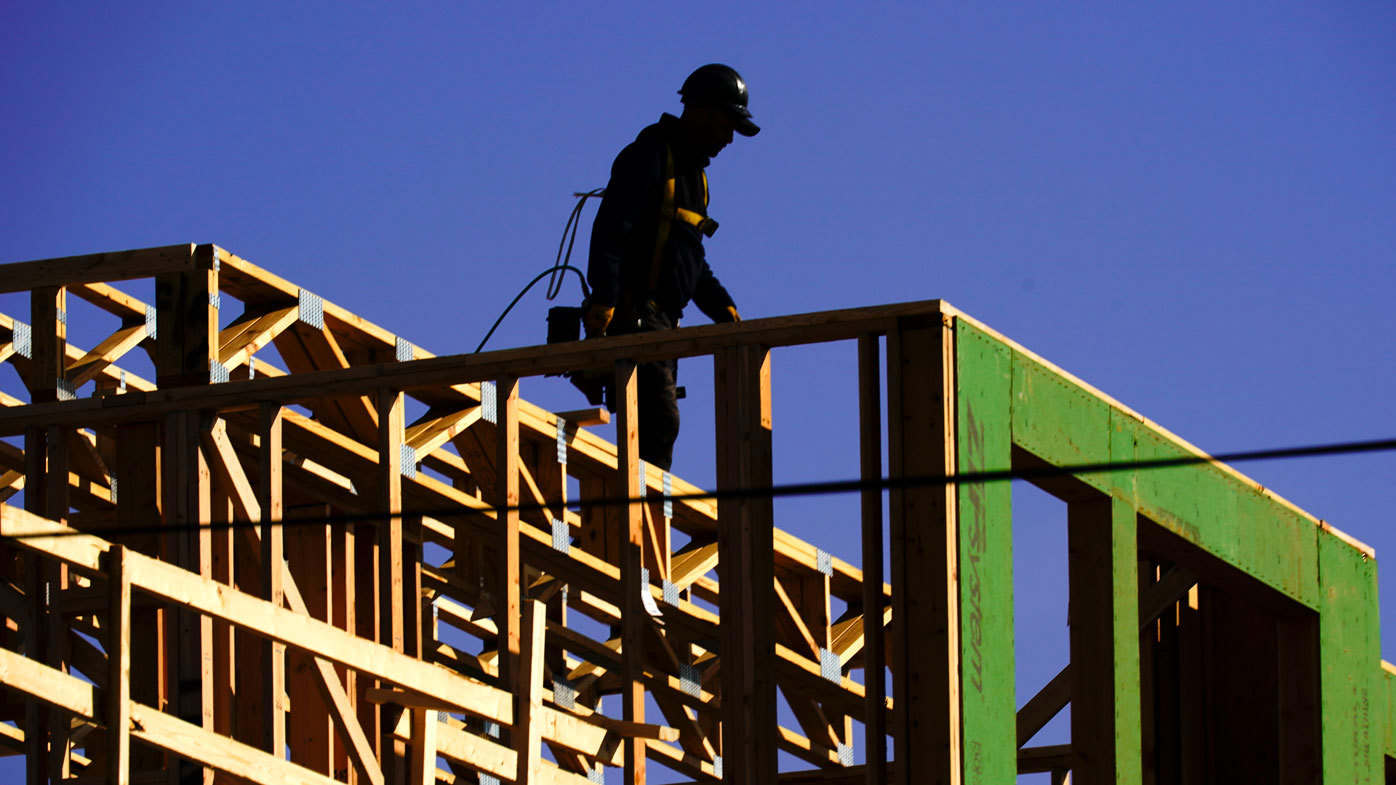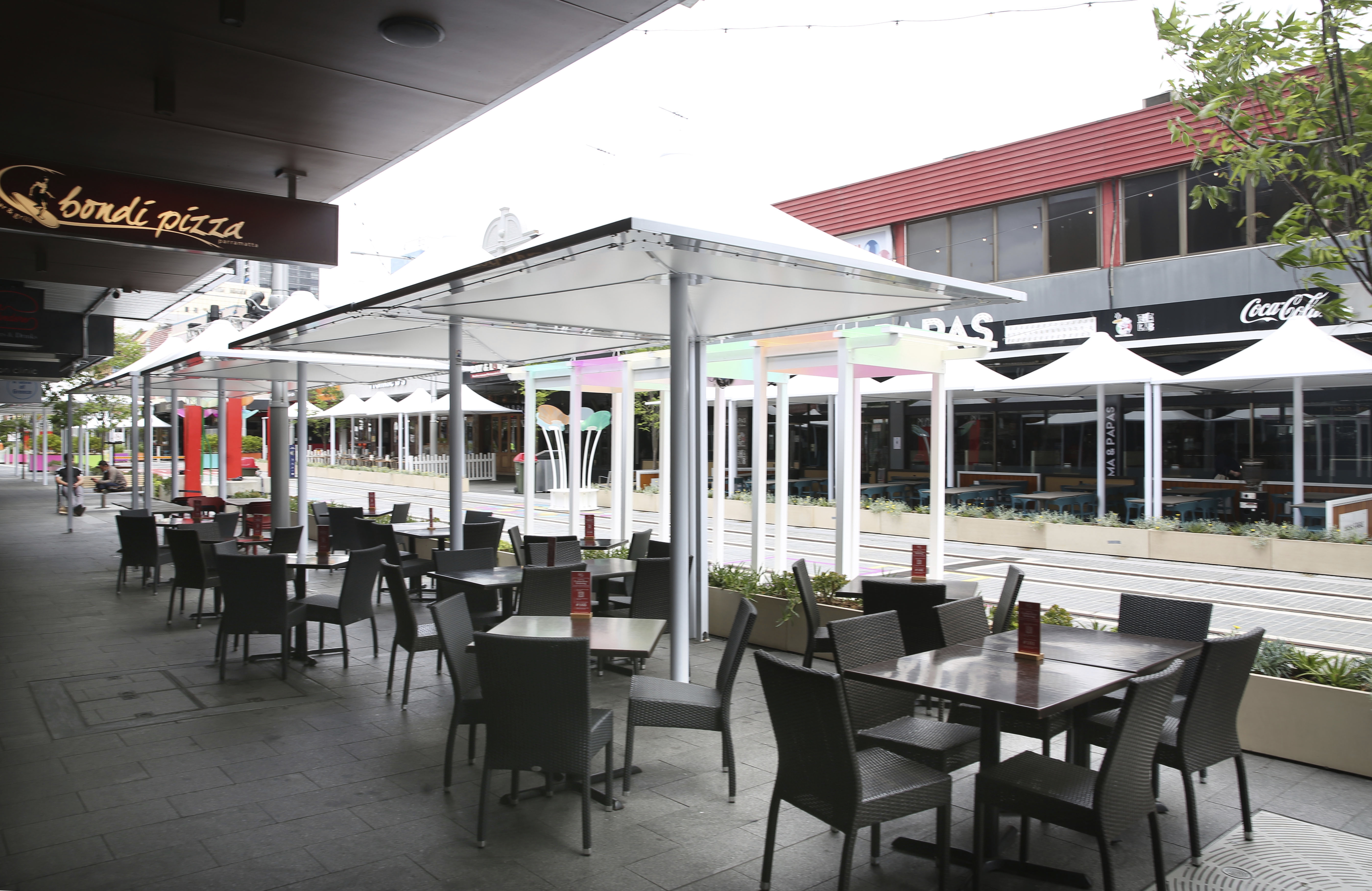From construction giants like Porter Davis to smaller start-ups like Milkrun and retailers like luxury fashion brand Alice McCall, the rate of businesses going under is rising but experts warn it is only going to get worse.
A recent analysis by NAB shows there has been a bounce back in businesses collapsing with a huge 30 per cent rise in insolvencies in 2022 after a slowdown during the COVID-19 pandemic.
But with economic headwinds placing pressure on Aussie consumers and businesses alike, experts are worried there will be a far higher rise in collapses in 2023 as companies face a looming recession.
READ MORE: What to do if you can't make mortgage payments
Various industries are being impacted by the insolvency rebound with construction collapses jumping by 28 per cent, accommodation and food services by 14 per cent and retail trade by 7 per cent.
There are different causes for industry collapses with construction impacted by supply chain issues and rising building costs, visitor levels not returning to pre-pandemic levels being a blight on accommodation and discretionary spending slowing for retailers.
Is the rise in insolvencies right now a bad thing?
The rise in insolvencies right now might not be a bad thing for Australia, insolvency experts claim.
Insolvency firm Jirsch Sutherland's managing partner Bradd Morelli told 9news.com.au this backlog is "zombie companies" which are businesses that should have been shut down or restructured two years ago but faced no pressure to and now the Australian Taxation Office is cracking down.
"We saw smaller businesses that needed to go but no one was pushing pressure on them so they could stick their head in the sand," he said.
"We're starting to see a rise in larger businesses that have ATO challenges, that's leading to the increase in voluntary administration and restructurings."
READ MORE: How to save thousands of dollars on health insurance
Morelli said it was a process of "weeding out the weak" businesses at the moment as we see the murmurings of a global recession, which Australia is not expected to escape this time, which will impact more companies.
"You need these mild downturns because what that does is flushes out the cowboys and flushes out the guys on the margins and gets rid of people who might be underquoting," he said.
"Some of the better businesses, although they might have challenges as the market slows down, they'll come out stronger."
He said businesses that are "no good" – meaning they aren't paying taxes, superannuation or struggle to pay clients or staff – are not good for the Australian economy.
"Guys that hang on are a drain on the economy," he said.
So instead of thinking about the current rise in insolvencies as a blight on the Australian economy, Morelli said it can reallocate assets from unproductive to productive businesses to strengthen the market.
Cost of living crisis could cause 'good' businesses to go under
However, the insolvency landscape is transitioning as cost of living pressures weigh down and experts forecast "good" or successful businesses will be tested and may fail at the end of the year – meaning yet another rise in collapses.
Morelli warned relentless interest rate rises, inflation and supply chain issues are starting to change consumer behaviour leading to another rise in collapses by the end of this year.
"I think that will lead to another big increase in the number of insolvencies at a personal and corporate level," Morelli said.
He said Aussies will start to tighten their purses and no longer go out for date night or to the pub but hospitality businesses and retailers will feel the consequences of the consumer behaviour changes.
READ MORE: What to do if your data is compromised in a company hack?
Australian Retail Association (ARA) CEO Paul Zahra said the tide is turning for the retail sector as a tough economic environment bears down.
"What we're seeing now is a slow down in discretionary spending and shoppers are saving every dollar where you can," he said.
Zahra said in good times "sales hide all evils" but in tough times companies get tested and have to bring costs down but some companies don't survive.
"We're seeing a real collision between the cost of living crisis and the cost of doing business crisis," he said.
"You have to expect there will be more collapses occur but sadly it is small businesses particularly that are under significant pressure because they have thinner margins to operate."
What can we do about it?
There's some harsh advice from Morelli for businesses struggling to balance the books and fear liquidation is knocking on their door as cost of living pressures bear down.
"Have cash flows and monitor them and be prepared to make changes," he said.
"If people have to let a couple of staff go it can be a hard decision but make that decision.
"Businesses hang on to people but at the end of the day the businesses fail because of that."
Zahra said it is likely the unemployment rate will go up like the Reserve Bank of Australia has forecast from the current historically low rate of 3.5 per cent to 4.5 per cent by June 2025.
But even if people get let go there are still more than 36,000 vacancies in the retail and hospitality sector to snap people up after the COVID-19 pandemic drove foreign workers away due to the harsh border restrictions.
He said there's no simple answer to what businesses can do to survive the rising economic turbulence.
In terms of interest rates, the ARA wants the central bank to be conscious of its decisions but at the end of the day, the bank has its own priorities – inflation.
Zahra said businesses need to have a unique value proposition and a sustainable business model to survive financial hardship.
Sign up here to receive our daily newsletters and breaking news alerts, sent straight to your inbox.
The information provided on this website is general in nature only and does not constitute personal financial advice. The information has been prepared without taking into account your personal objectives, financial situation or needs. Before acting on any information on this website you should consider the appropriateness of the information having regard to your objectives, financial situation and needs.






